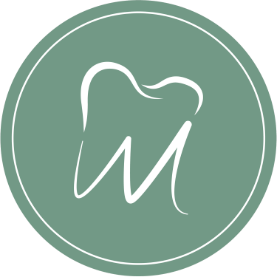
Wondering if tooth extractions are mandatory? This procedure is sometimes necessary to keep your oral health intact and prevent further complications. Be it due to severe gum disease or severe decay, recognizing the early signs can help you seek treatment at the right time. Timely care can protect you from pain and costly surgeries.
Read this blog to learn about signs that you might need this dental procedure and ways it can benefit you.
What Signs Indicate That You Need A Tooth Extraction?
Here are the signs that you might need to get your tooth extracted:
Severe Toothache
A persistent and extreme toothache might indicate a more serious dental issue. You can use painkillers for temporary pain management. This ache can stem from deep decay, an infection, or nerve damage.
Infected Gums
Signs such as abscess, redness, swelling, etc might indicate severe gum disease. If left untreated, this infection can spread to the rest of your body. Tooth extractions can protect you from unnecessary health complications.
Wisdom Teeth
Sometimes, your wisdom teeth might not have enough space to grow, leading to impaction. This might cause swelling, pain, and infection. The dentist might suggest extraction to prevent cysts and damage to neighboring teeth.
Extreme Tooth Decay
Sometimes, tooth decay can reach the pulp of your tooth. In these cases, filling, crowns, and root canals might not be enough to save your tooth. So, a complete tooth extraction might be the only way for you to keep your oral well-being intact.
Crowding
Extractions might be necessary for orthodontic treatments as well. If your teeth are overcrowded, removing one or more teeth may help the alignment of your remaining teeth and improve bite function.
What To Expect During A Tooth Extraction?
Here are the steps that you might have to undergo during your tooth extraction process:
First Consultation
The dentist will use X-rays to assess the condition of your teeth and check your medical history as well. They might suggest anesthesia options depending on the complexity of your procedure. Discuss your queries, if any.
Extraction Procedure
If your tooth is visible above the gumline, a simple extraction can help you. The dentist will numb the area with local anesthesia. They might use special tools to loosen and remove the tooth.
In case your tooth is impacted or broken, surgical extraction can remove the tooth, possibly in pieces, for smoother removal. The dentist might use local anesthesia to keep you in a relaxed state.
Post-Extraction Recovery
You might feel some tenderness and swelling right after the procedure. Use prescribed painkillers and ice packs to reduce the ache and inflammation. Consume soft foods to protect your operation site. Avoid using straws for a few weeks.
Adhering to the necessary guidelines will help your oral health in the long run.
Recognizing the signs of tooth extraction can save you from a considerable amount of pain and complex procedures. If you are experiencing constant pain, bleeding, etc, after the treatment, consult a dentist as soon as possible.
Are you ready to remove your infected tooth? Seek consultation today!


